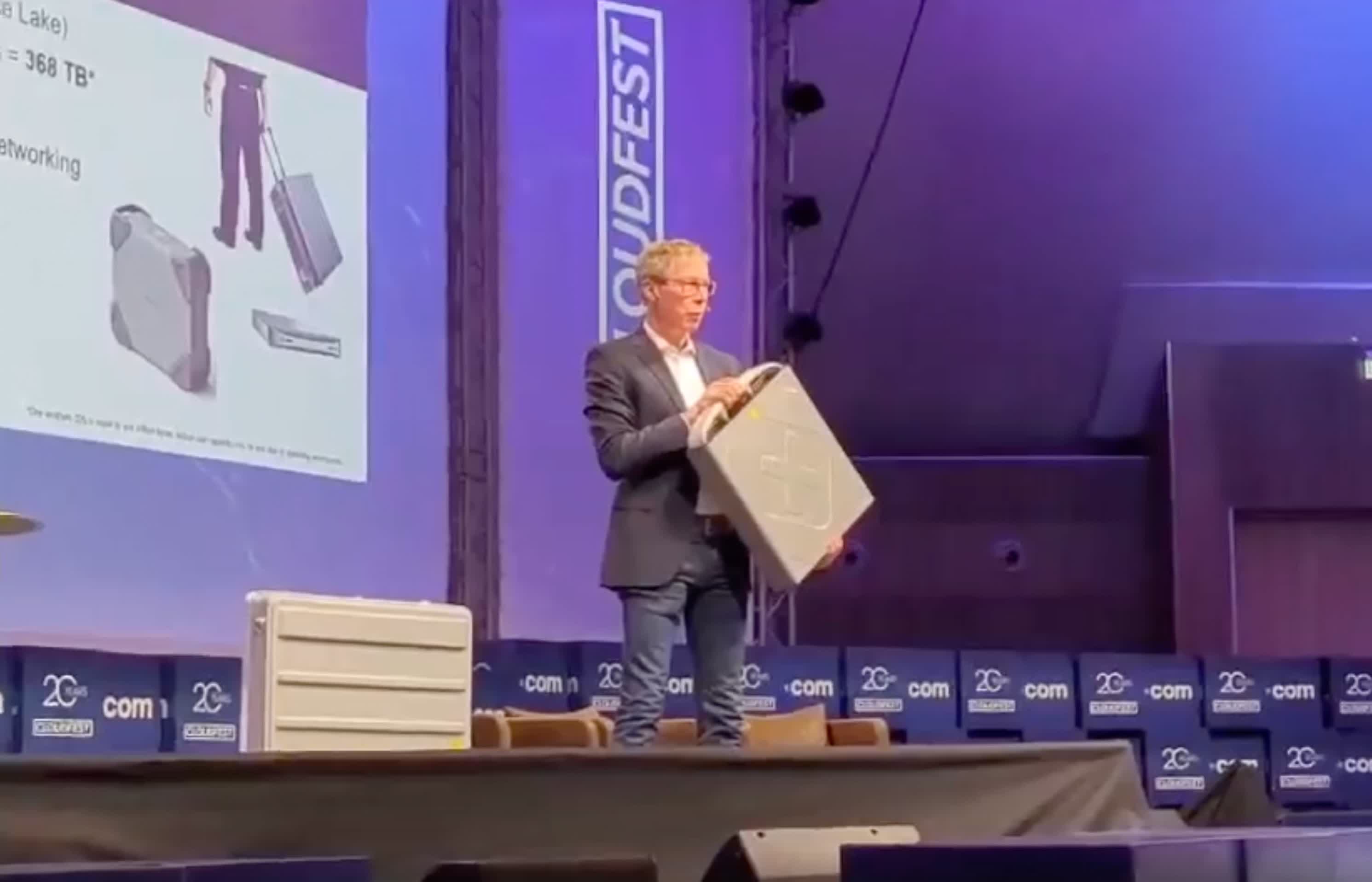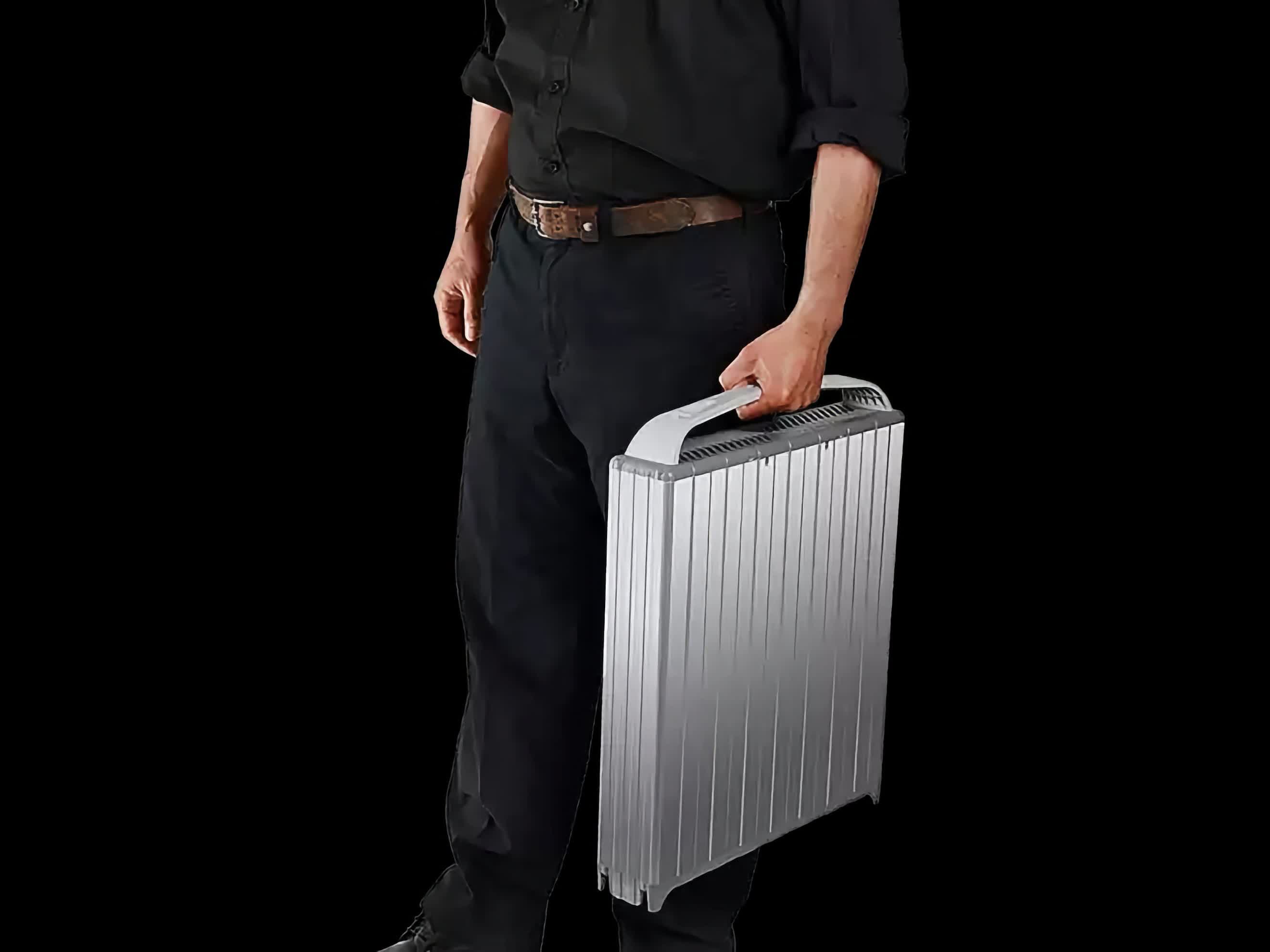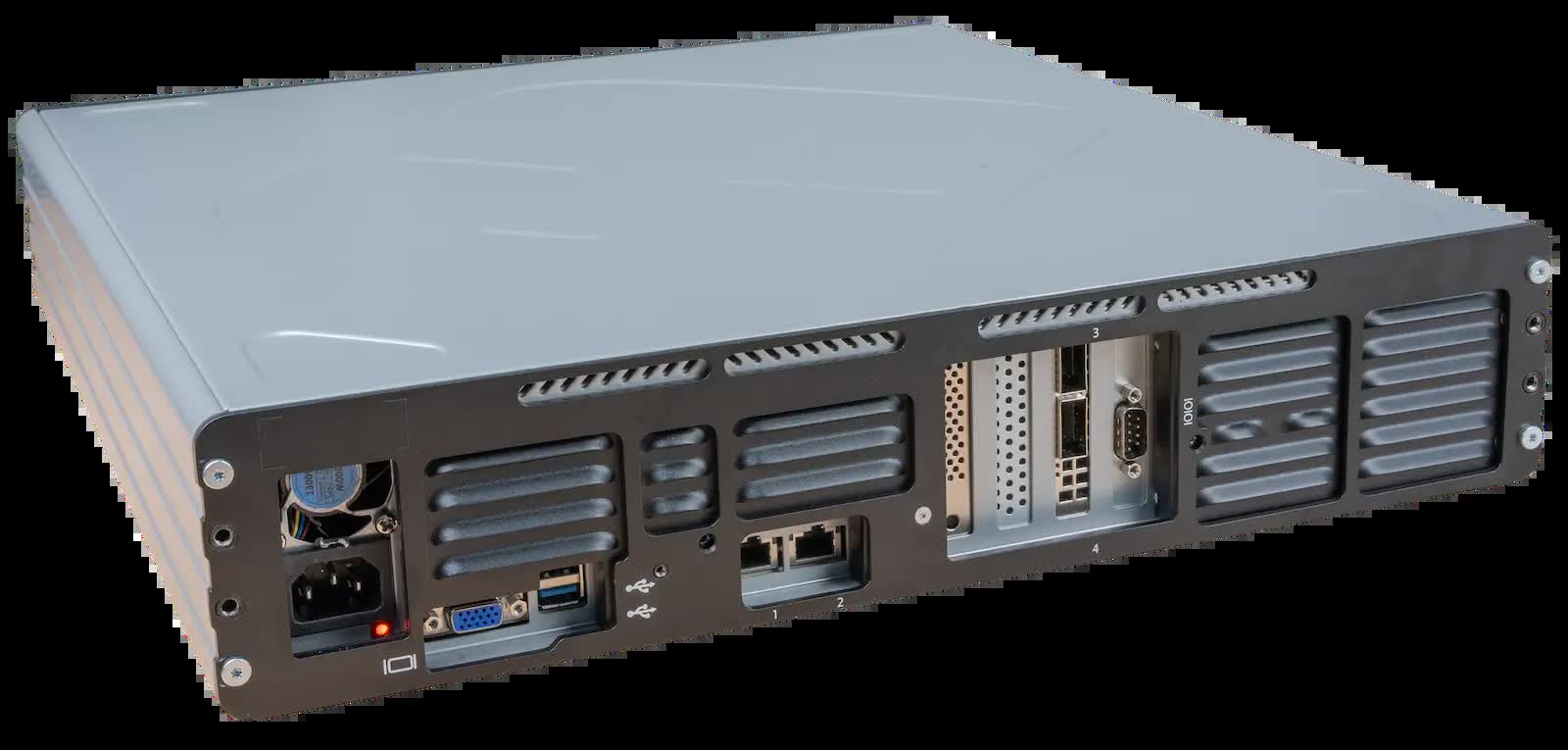The big picture: Western Digital offers storage solutions for a wide range of use cases, including some of the most niche scenarios. This includes situations like conducting seismic exploration in remote areas or working in locations with slow internet connections. For individuals facing these challenges, WD has introduced the Ultrastar Transporter. Weighing 30 pounds and equipped with its own carrying case, this device aims to provide reliable storage solutions in challenging environments.

The Ultrastar Transporter boasts support for 368 TB of NVMe flash storage and is equipped with a 12-core CPU. Additionally, it's portable, weighing approximately 30 pounds and comes with a carrying case. According to the company, the server is ideally placed in a data center rack, whether in a remote or centralized location, and its custom rail kits are designed to facilitate easy installation in racks.
While it might appear cumbersome to transport 30 pounds of technology, WD highlights the significant time savings in physically moving large volumes of data compared to online transfer alternatives. It's essential to recognize the scale of data that Western Digital had in mind when designing this device: the Ultrastar Transporter is capable of facilitating data transfers between edge and data center locations, making it ideal for scenarios where large volumes of data need to be captured in one location and then processed in another.
The Ultrastar Transporter made its debut at this year's NAB Show in Las Vegas alongside several other storage solutions by the company. It unveiled several new memory cards that push speed and capacity to new levels, joining Samsung in introducing commercially available ultra-portable SD Express storage in 2024.
For instance, the upcoming WD/SanDisk SD Express and SanDisk microSD Express memory offer up to 4.4 times faster transfer speeds than their current fastest SD UHS-I card. This makes them excellent options for data-intensive workflows, high-performance cameras, and other compatible devices, according to the company. Their performance levels rival SSD speeds and are compatible with current SD UHS-I and UHS-II devices.
WD/SanDisk SD and microSD Express cards are expected to be available at retailers and the Western Digital store this summer.
The WD Ultrastar Transporter supports up to 368 terabytes of storage in a 30-pound form factor


